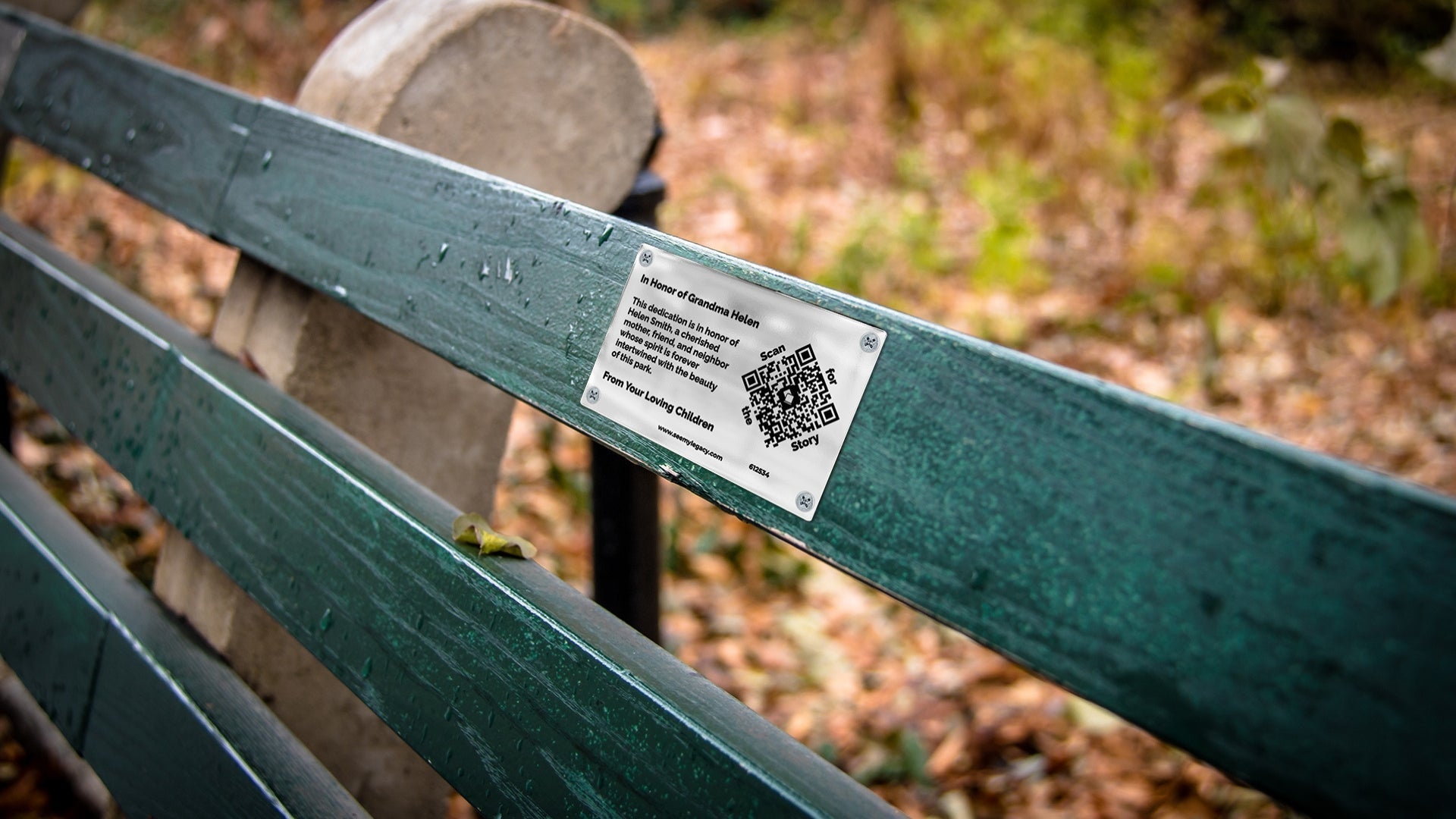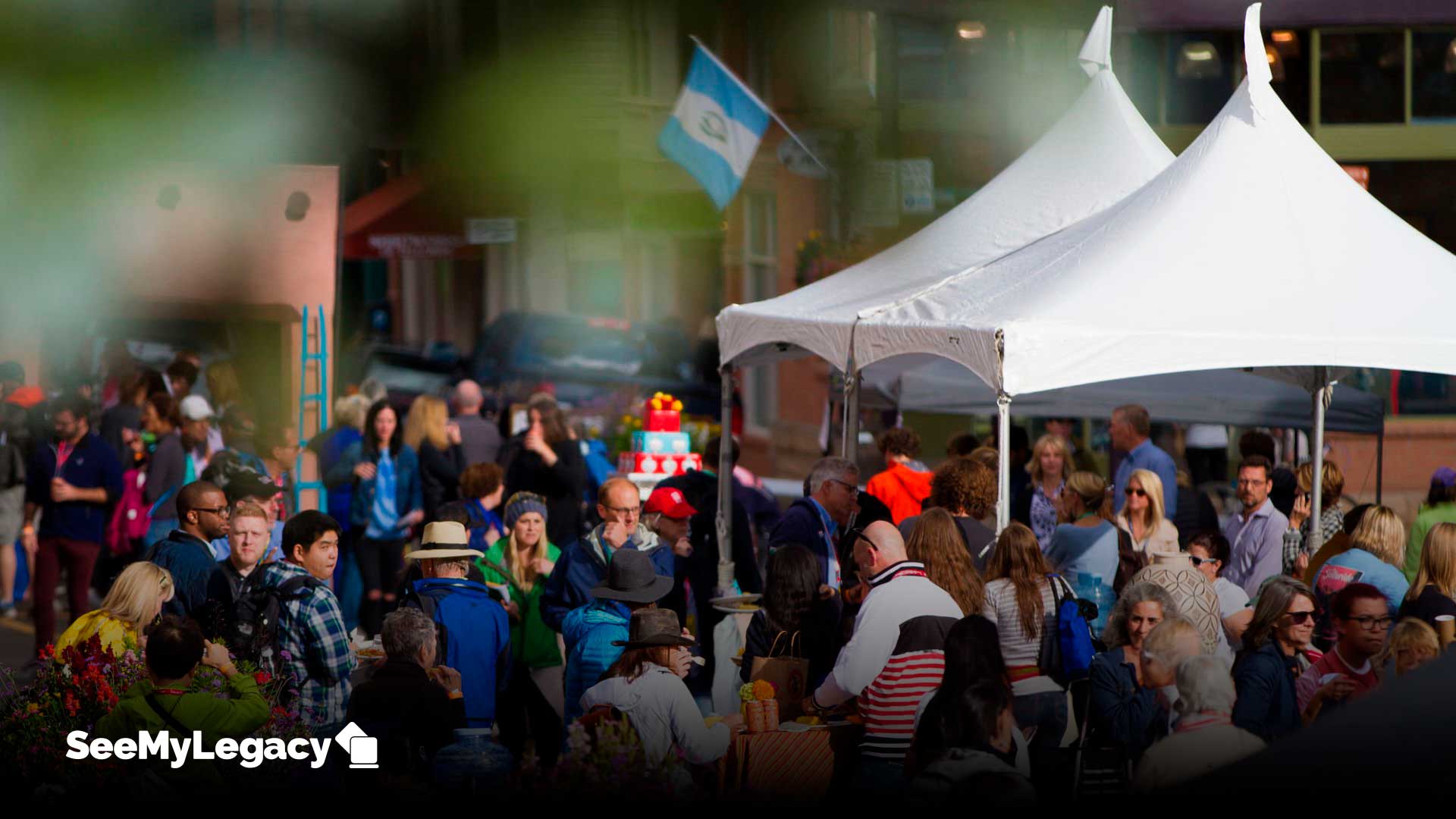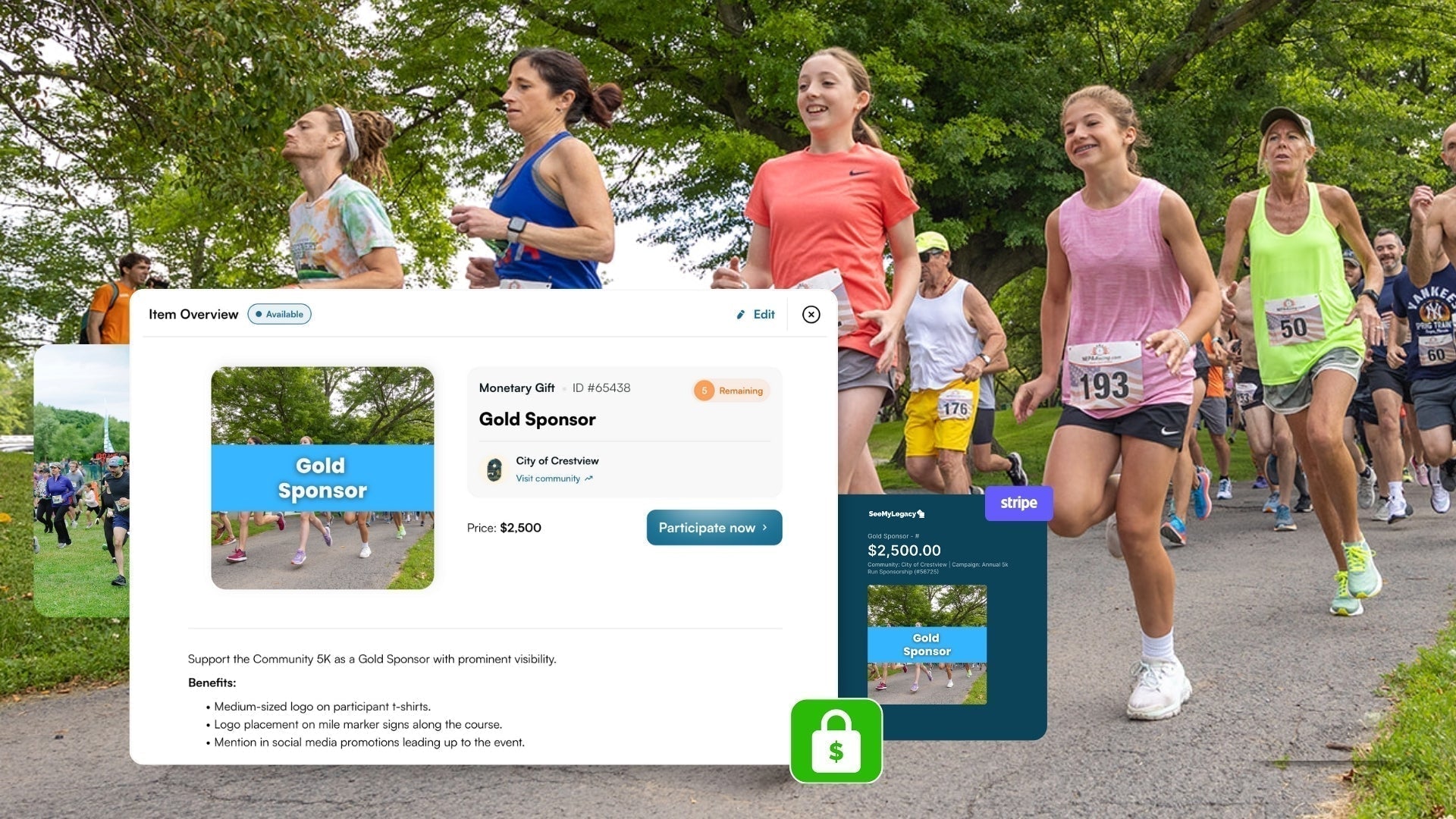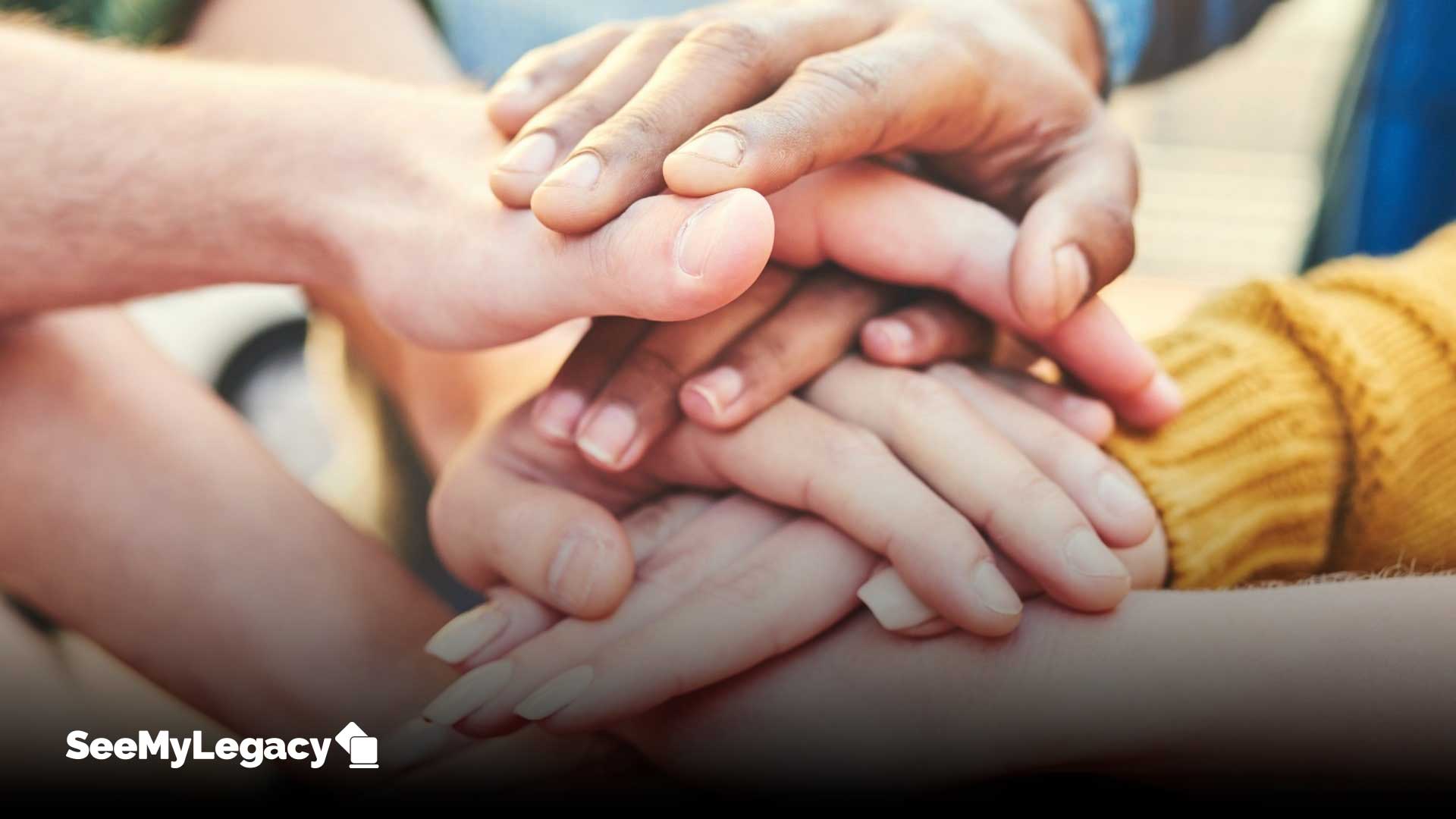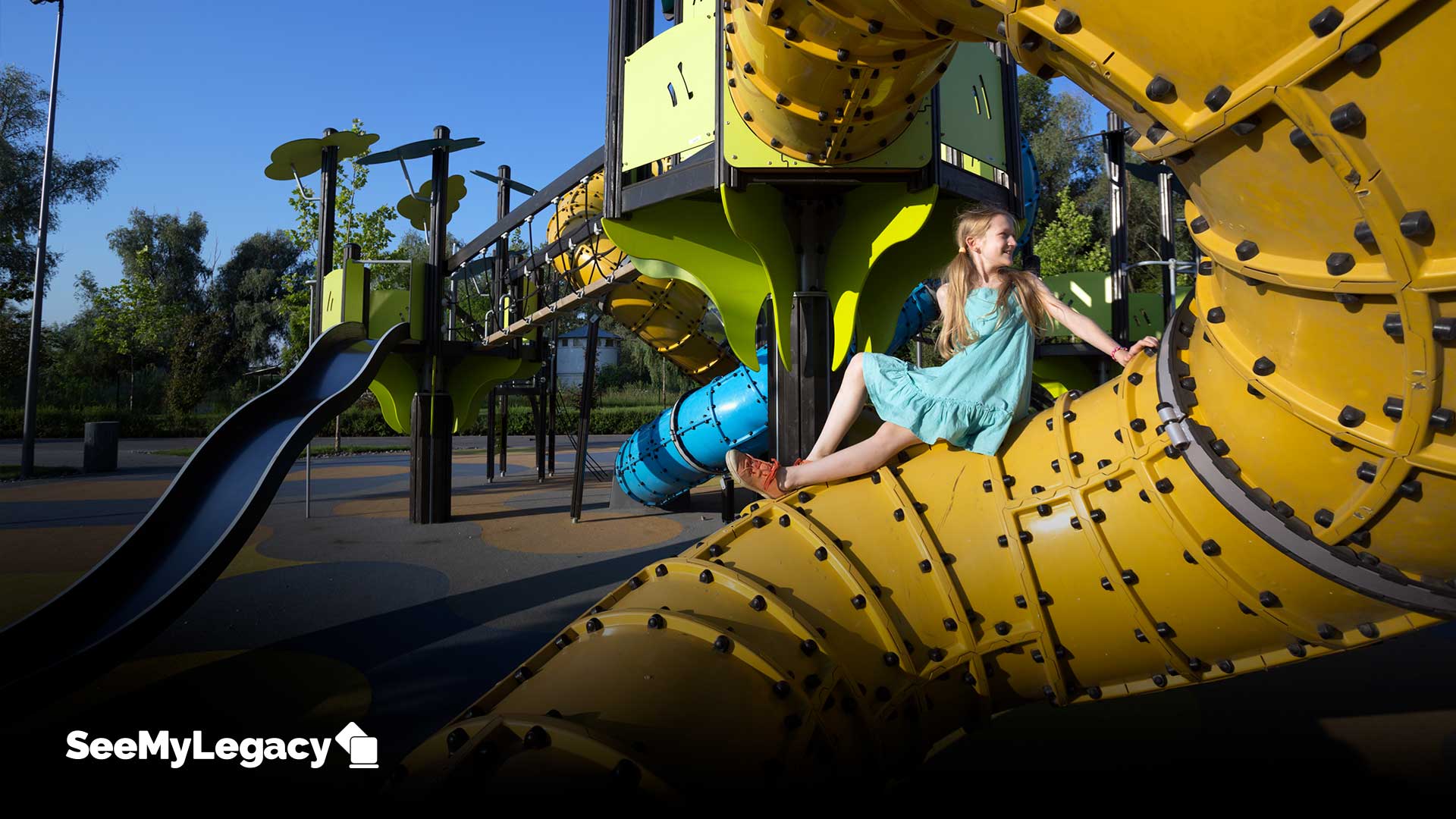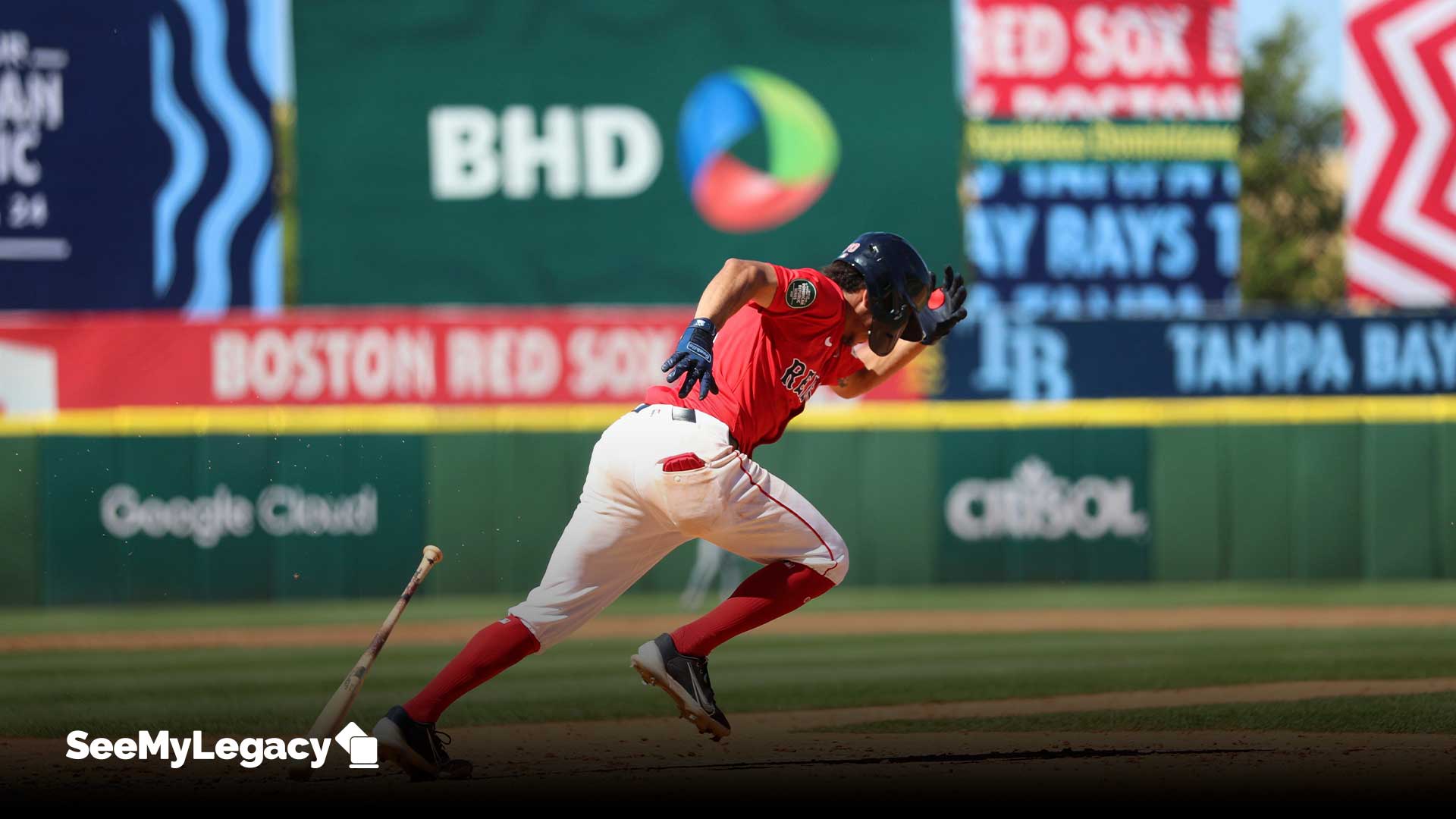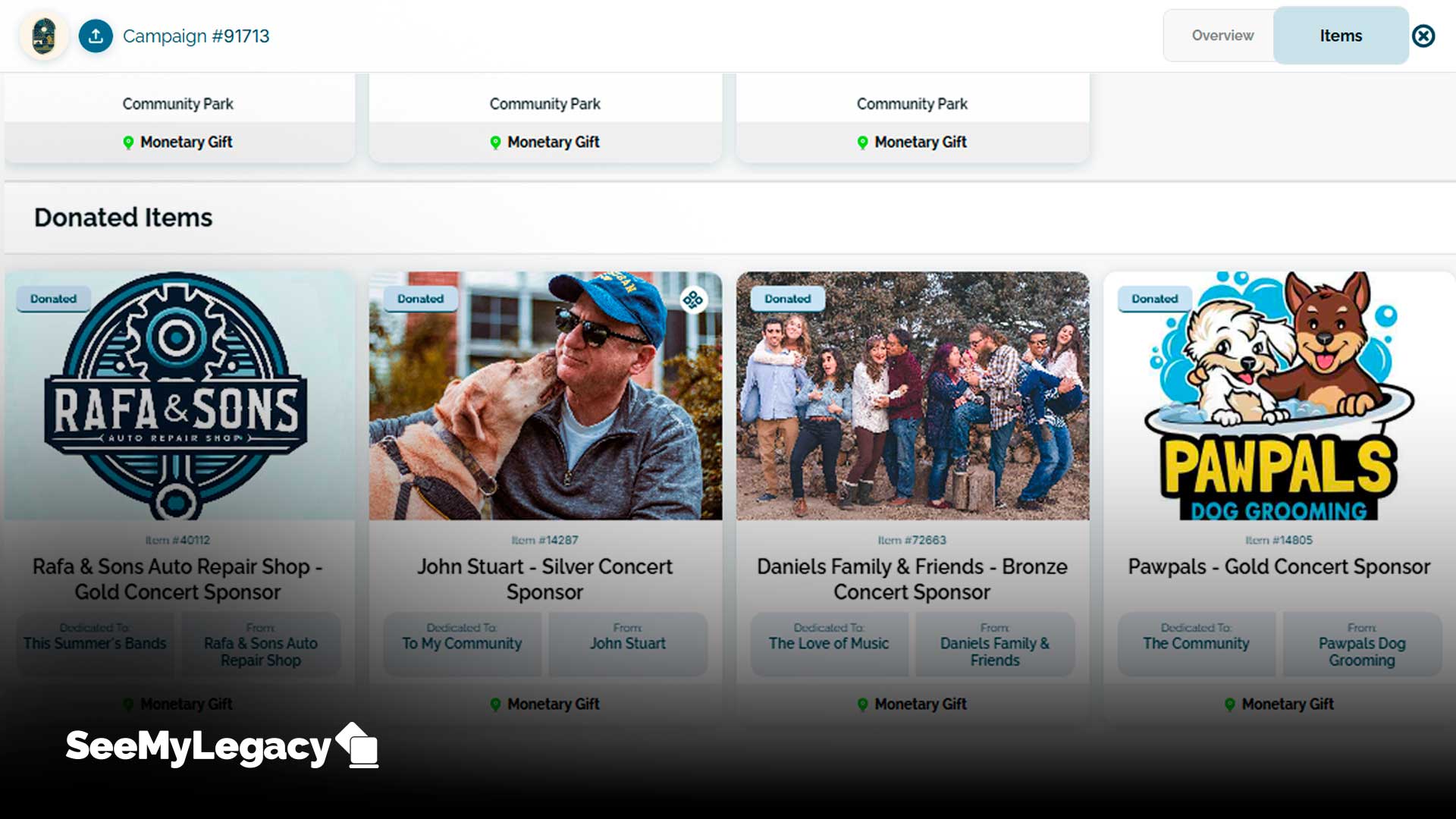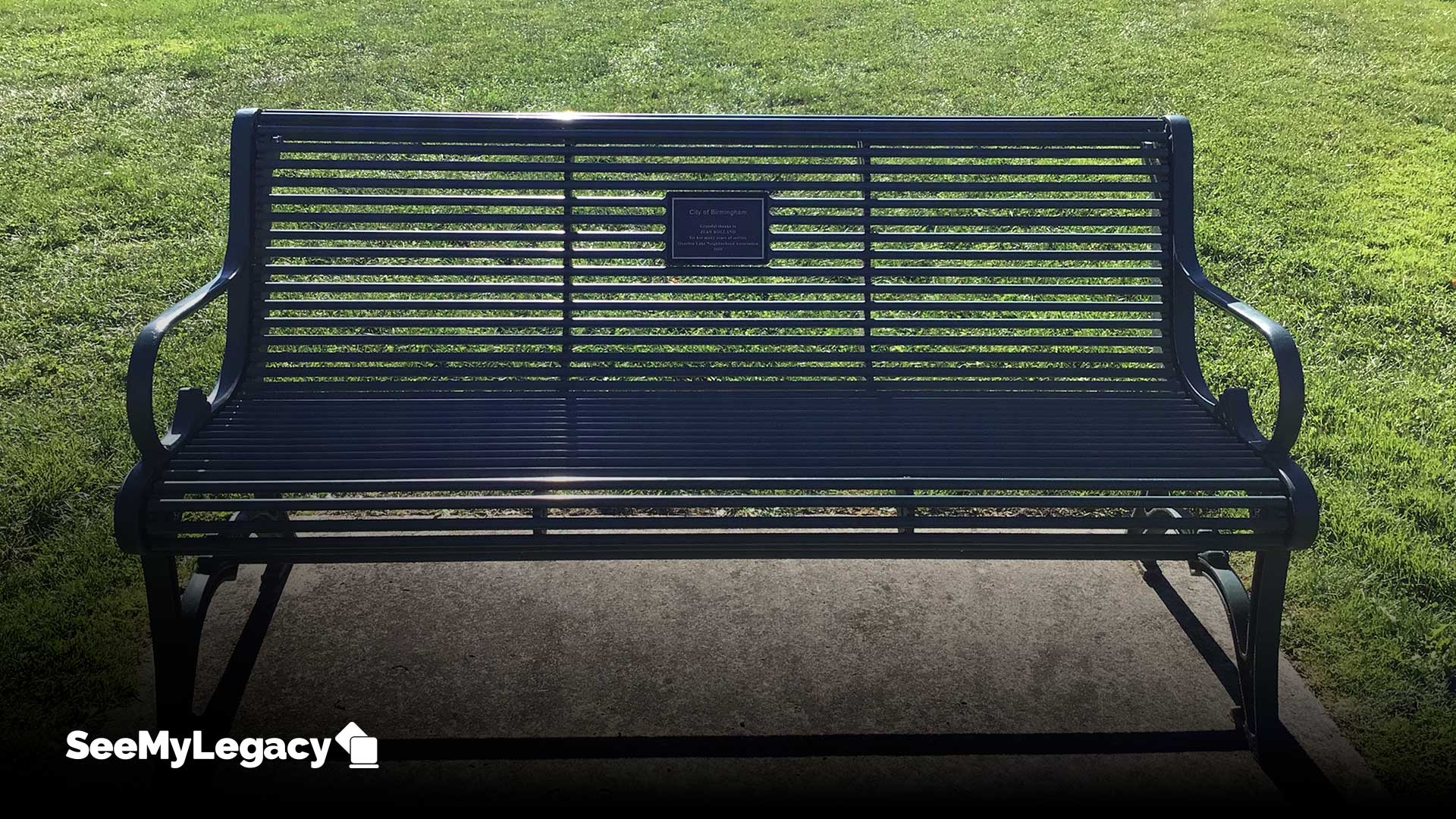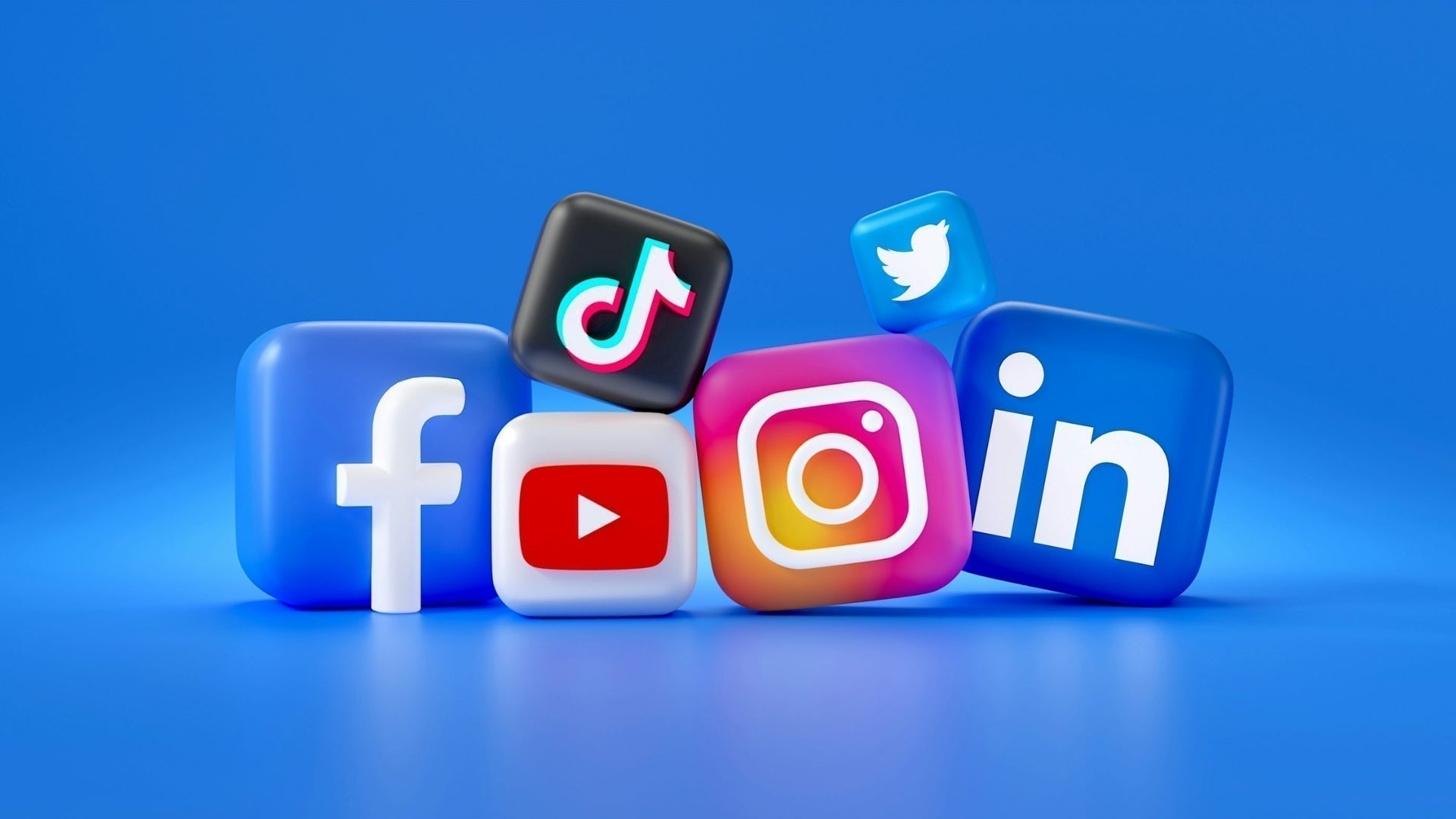In the digital age, QR codes have emerged as powerful tools for connecting the physical world to the virtual. These square-shaped codes, filled with complex patterns, allow users to instantly access information with a simple scan on their smartphone. While QR codes have found utility in various industries, they play a particularly meaningful role when integrated into memorials, objects, or points of interest. By embedding QR codes into QR Plaques or other physical markers, communities can share rich, detailed stories about the people, places, or events being honored. This blog post explores what QR codes are, why they are useful, and how they enhance memorial programs and community experiences.
What Are QR Codes? A Gateway to Digital Information
QR codes, or "Quick Response" codes, are two-dimensional barcodes designed to store information in a way that is easy to retrieve using a smartphone or other scanning devices. Unlike traditional barcodes, which contain data in a linear format, QR codes store information both horizontally and vertically. This structure enables them to hold significantly more information, ranging from URLs and contact information to multimedia like videos or digital stories.
QR codes are popular because of their versatility and simplicity. Users don’t need to download special apps or navigate complex websites. A quick scan is all it takes to unlock valuable content—whether it's a product page, a social media profile, or, in the case of memorials and community objects, a deep dive into personal stories or historical significance.
This seamless interaction with digital content has made QR codes indispensable in industries ranging from retail to tourism. More importantly, they have found a unique and meaningful application in community memorial programs, sponsorships and fundraisers, and volunteer events.
Why QR Codes Are Useful: Enhancing Accessibility and Engagement
QR codes stand out for several reasons, but their ease of use and ability to bridge the gap between the physical and digital worlds make them invaluable for community initiatives. Whether in memorial programs, public landmarks, or campaigns, QR codes offer an interactive experience that enhances both accessibility and engagement.
Instant Access to Information: With QR codes embedded in plaques, community members or visitors can scan a code and immediately access detailed information. For example, at a memorial bench or tree dedication, a simple scan can pull up a digital story about the individual or event being honored. This information could include text, photos, and even videos, allowing the community to engage with the memory in a more meaningful way.
Connecting Community Stories: QR codes also help capture and preserve the stories of community members. In the context of a memorial program, these stories can grow and evolve over time. Relatives, friends, and other contributors can continually update the digital record attached to a QR plaque, making the memorial a living document. In this way, QR codes don’t just preserve the past—they invite ongoing participation from the community.
Integrating QR Codes into Memorial Plaques and Community Projects
The integration of QR codes into physical markers like plaques, boards, and tags adds depth to memorials, points of interest, and community objects. Instead of being limited to the few words or images engraved on a traditional plaque, QR codes allow for an immersive experience, enhancing how we remember, honor, and celebrate individuals or milestones.
QR Plaques for Memorial Programs: In memorial settings, QR plaques allow for an expansion of traditional dedication programs. While a plaque may list a name and date, the QR code offers an invitation to explore more about the person’s life. A memorial tree or bench could host a QR plaque that links to a detailed digital tribute, complete with pictures, anecdotes, and messages from friends and family.
Story Tags and Boards: QR codes are also integrated into story tags and boards, which can be placed on physical objects in parks, museums, and universities. These tags or boards could be part of a larger sponsorship program, where businesses or individuals contribute to a public project and are recognized for their generosity. The QR code attached to a sponsor’s tag or board can lead to a webpage that highlights the sponsor’s involvement, why they chose to contribute, and how their contribution benefits the community.
Volunteer Events: QR codes also play an essential role in facilitating volunteer events. Community members can scan a code to view available volunteer opportunities, sign up directly through an online form, or even track the progress of a campaign. This simplifies the management of volunteer activities, ensuring that community members can easily find the details they need to participate and stay informed.
Expanding the Use of QR Codes for Sponsorships and Community Engagement
QR codes not only enhance memorial programs but also serve as powerful tools for sponsorships and fundraisers. In these contexts, they offer a convenient way for sponsors, donors, and participants to engage with campaigns, follow progress, and contribute financially.
Sponsorships and Fundraisers: QR codes can be integrated into sponsor recognition plaques or boards, allowing visitors to scan and learn more about the sponsor’s role in the community. For instance, a QR plaque placed at a sponsored park bench or playground could link to a webpage thanking the sponsor and detailing their commitment to the community. This level of transparency and recognition fosters stronger connections between the sponsor and the community members who benefit from their generosity.
Progress Tracking for Campaigns: In the case of larger community projects or fundraising campaigns, QR codes offer a simple way to provide updates on progress. Community members who scan the code can see real-time information on how much has been raised, which parts of the project are complete, and what still needs to be done. This functionality not only keeps participants informed but also encourages further participation as they witness the impact of their contributions.
Boosting Community Engagement: QR codes help community campaigns reach a broader audience by providing a direct, easy-to-share link to the campaign’s information. Whether embedded in memorial programs, sponsorship boards, or volunteer events, QR codes make it easy to promote the campaign online through social media, email, or newsletters. This ease of sharing helps campaigns gain more visibility and, in turn, attract more support.
The Future of Community Memorials and Engagement with QR Codes
As we move further into the digital age, QR codes are proving to be invaluable tools for memorials, community projects, and points of interest. Their ability to seamlessly connect the physical and digital worlds allows for a richer, more engaging way to honor individuals, track campaign progress, and foster community participation. From memorial programs to sponsorships and fundraisers, and even volunteer events, QR codes offer a simple yet powerful means to share stories that resonate.
By incorporating QR codes into dedications, objects, and points of interest, community projects become more than just static dedications—they become interactive, evolving tributes that invite community members to contribute to and share in the narrative.



